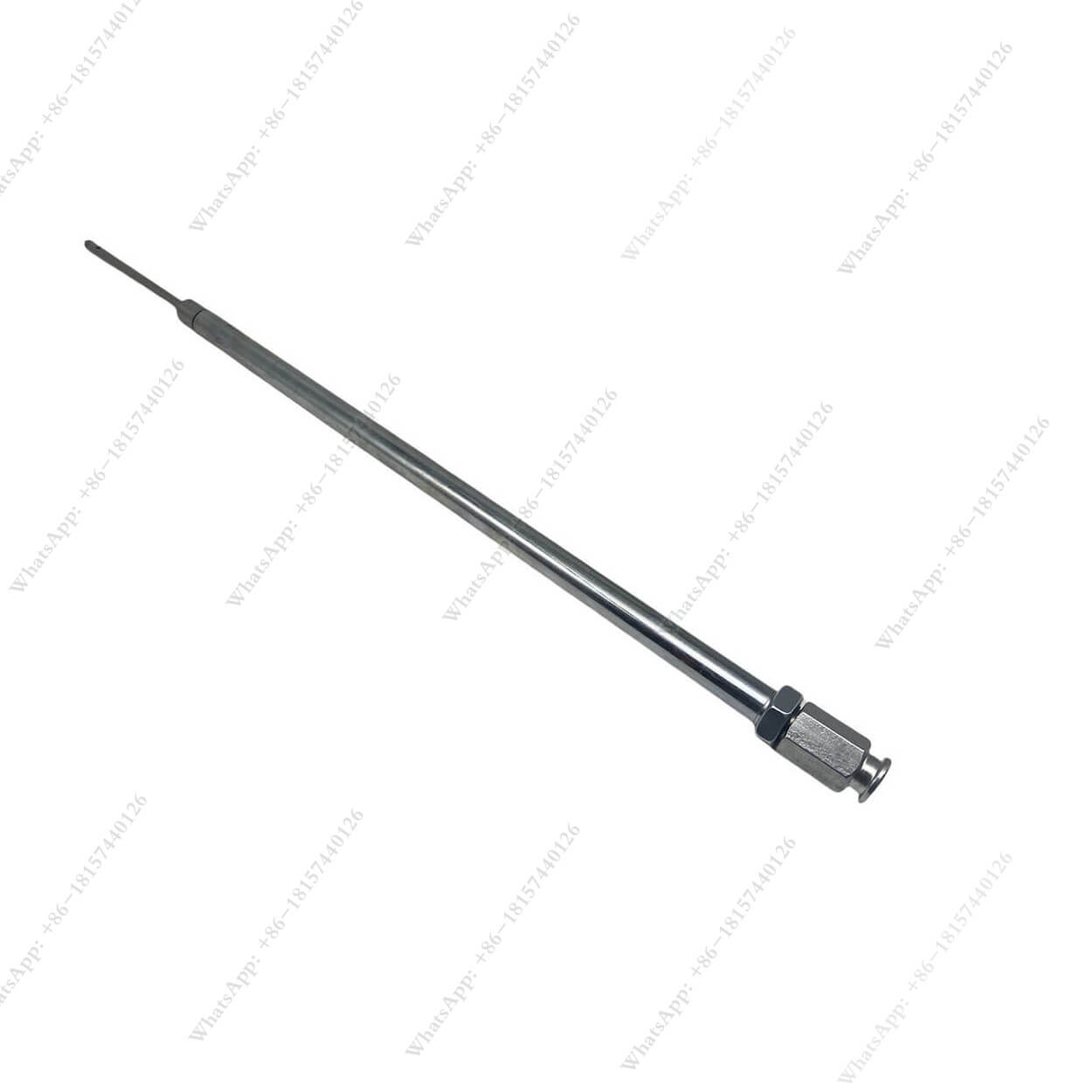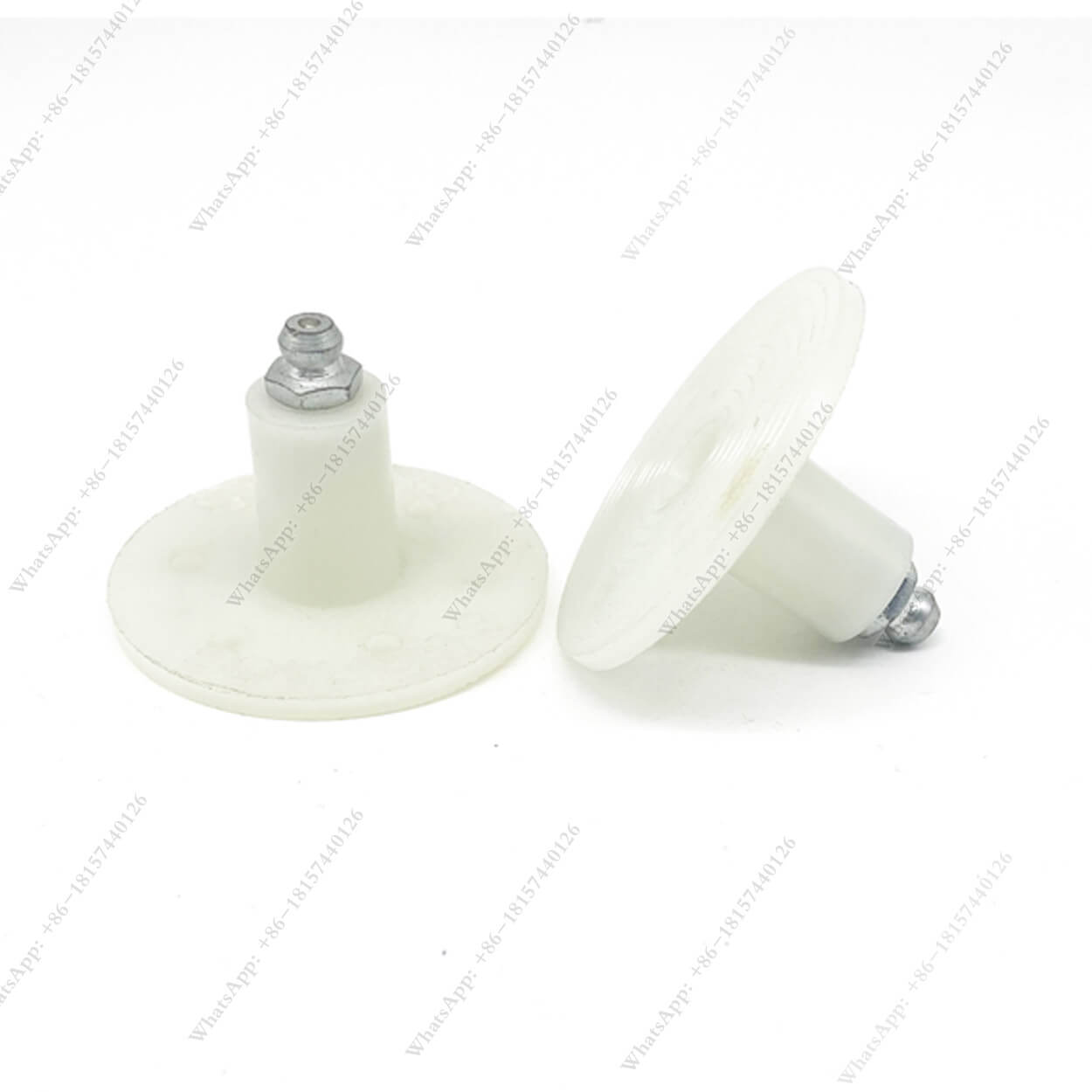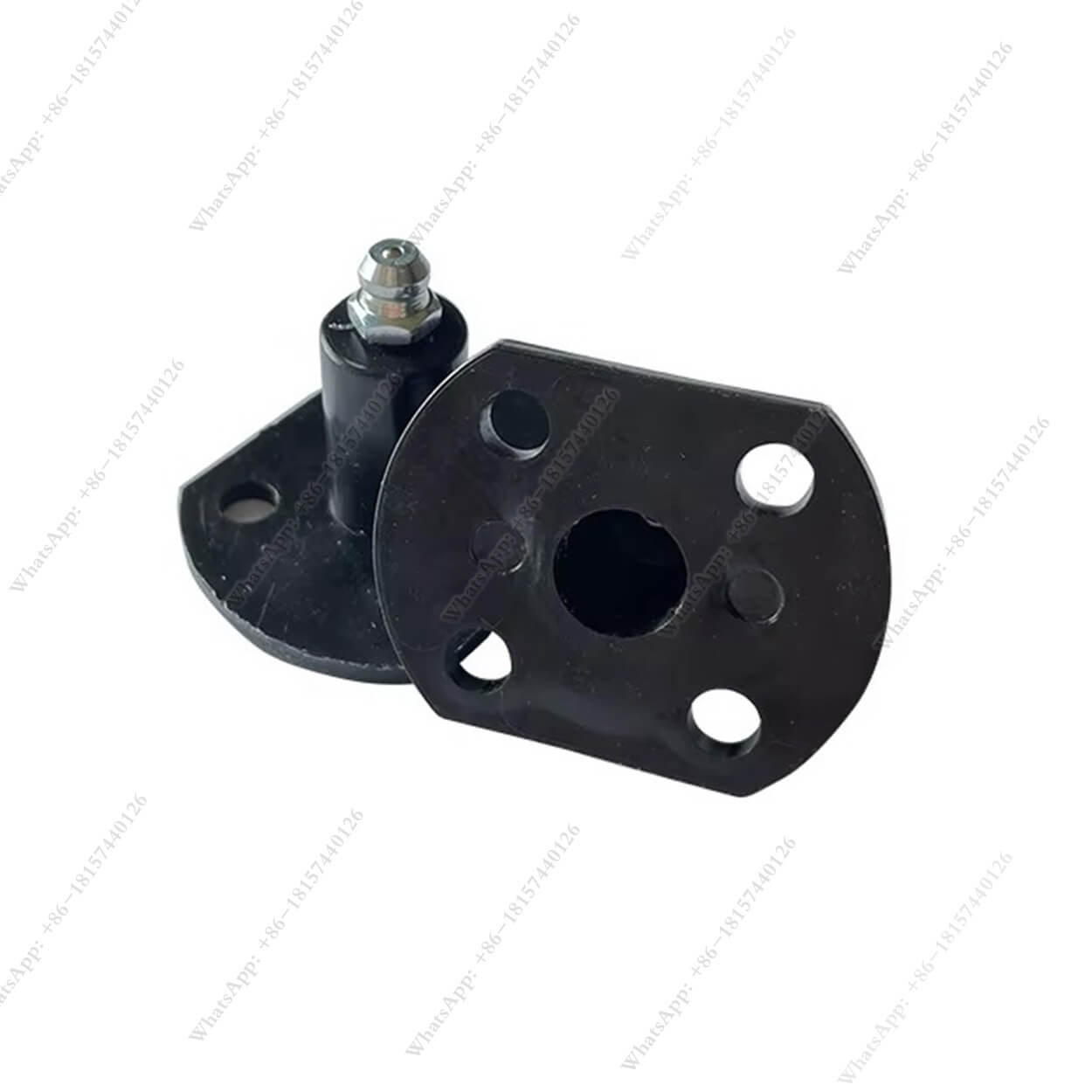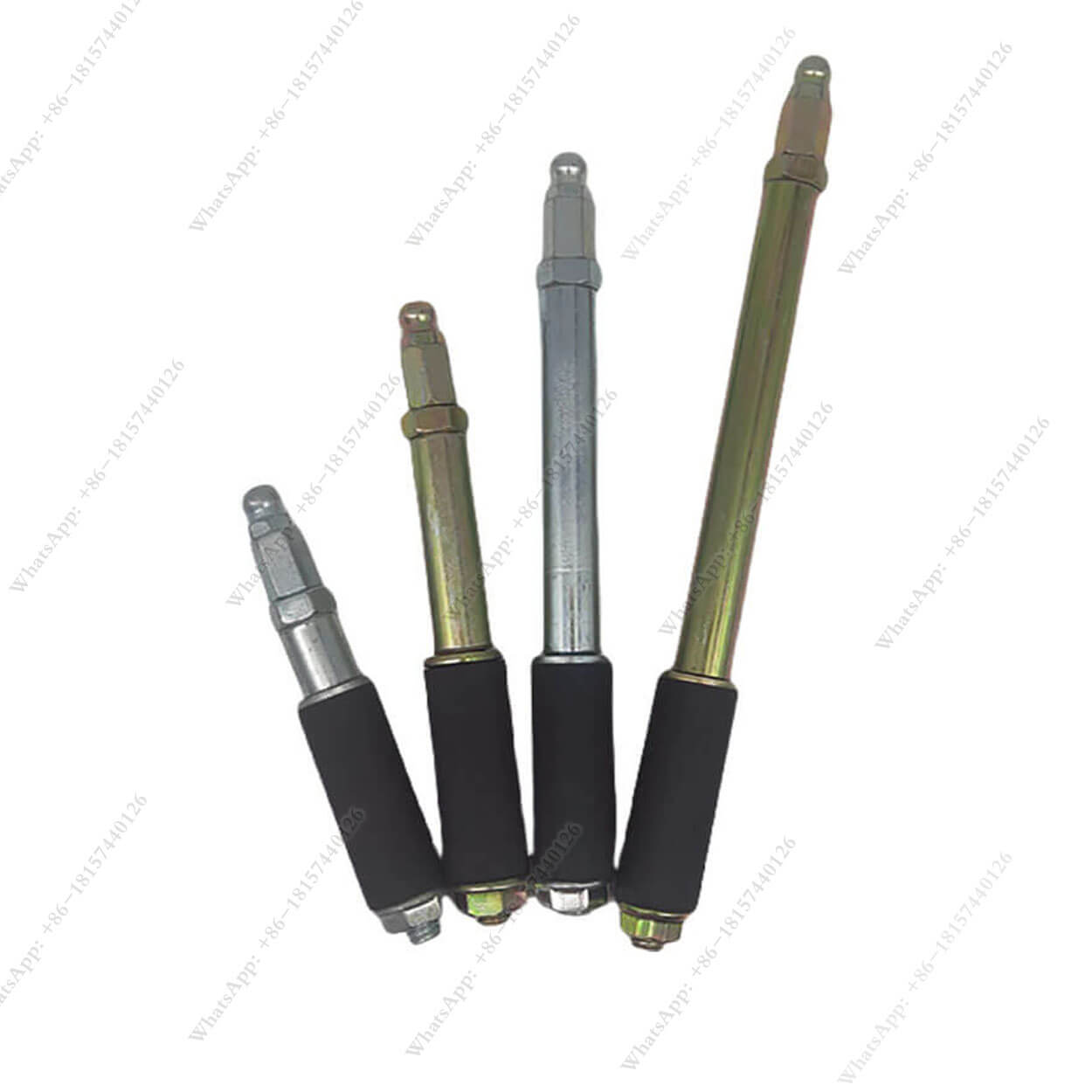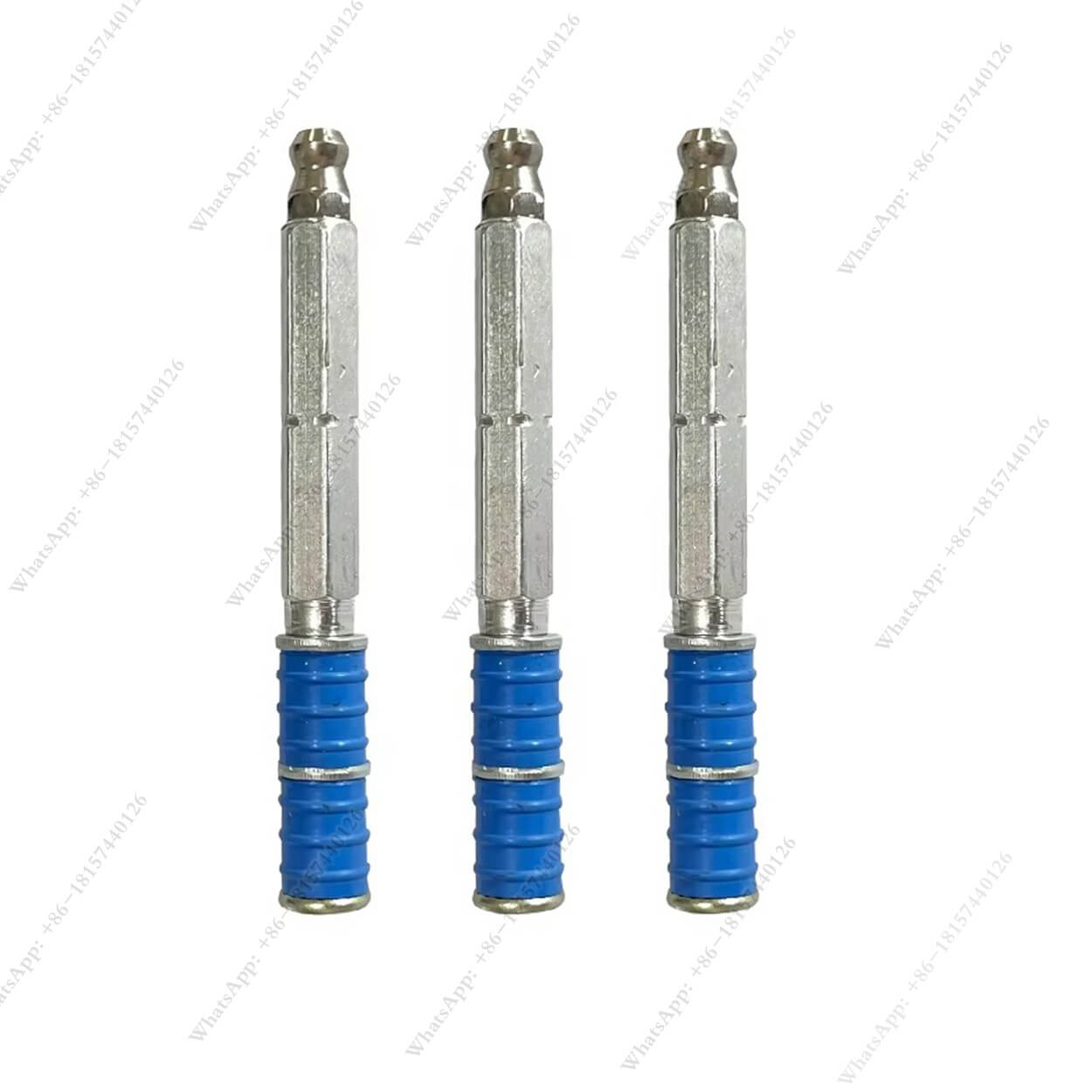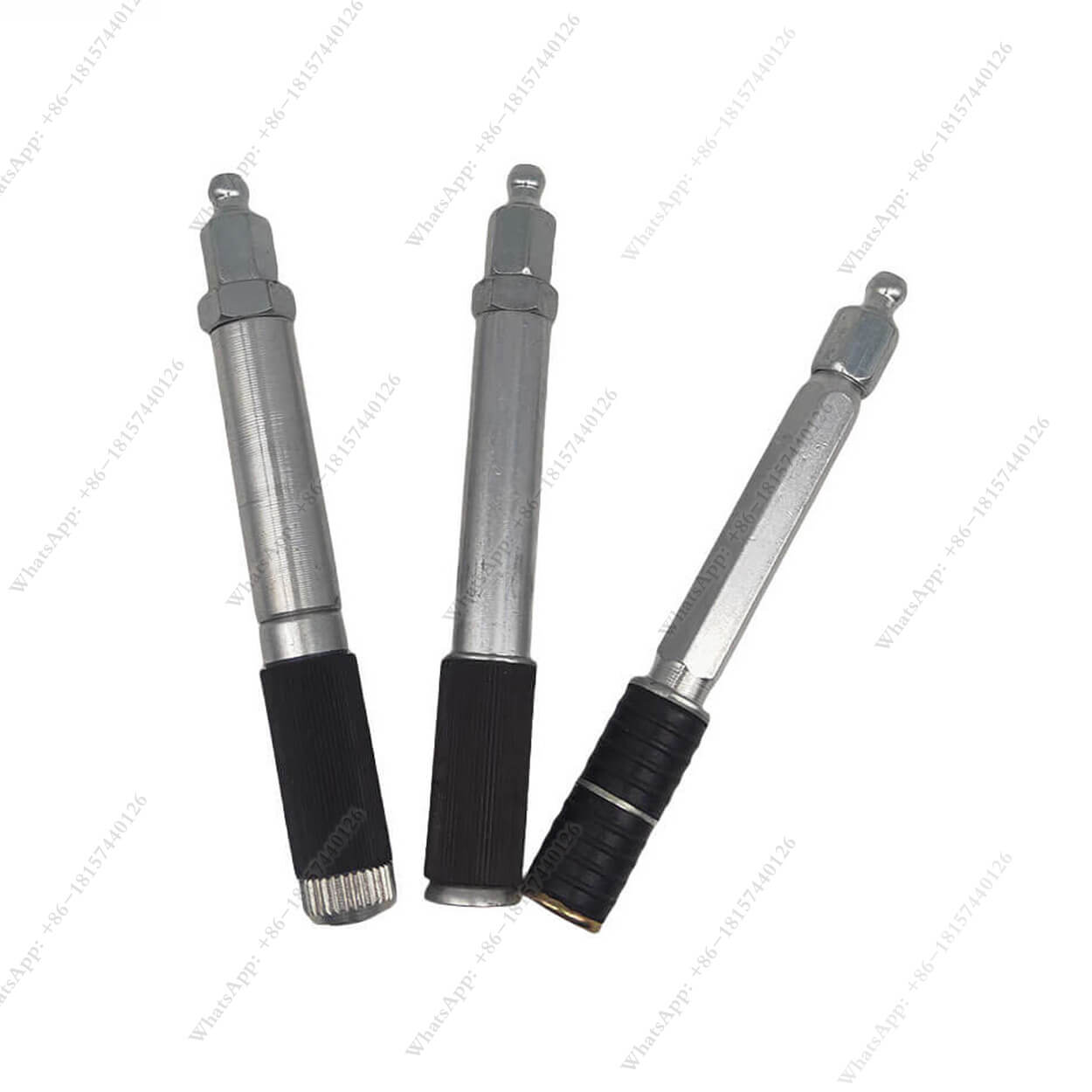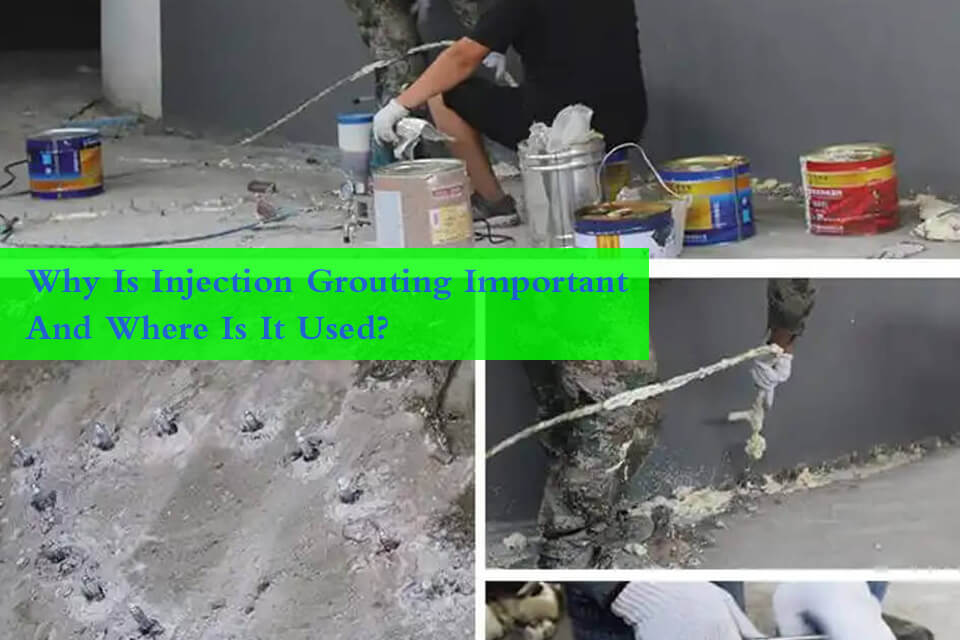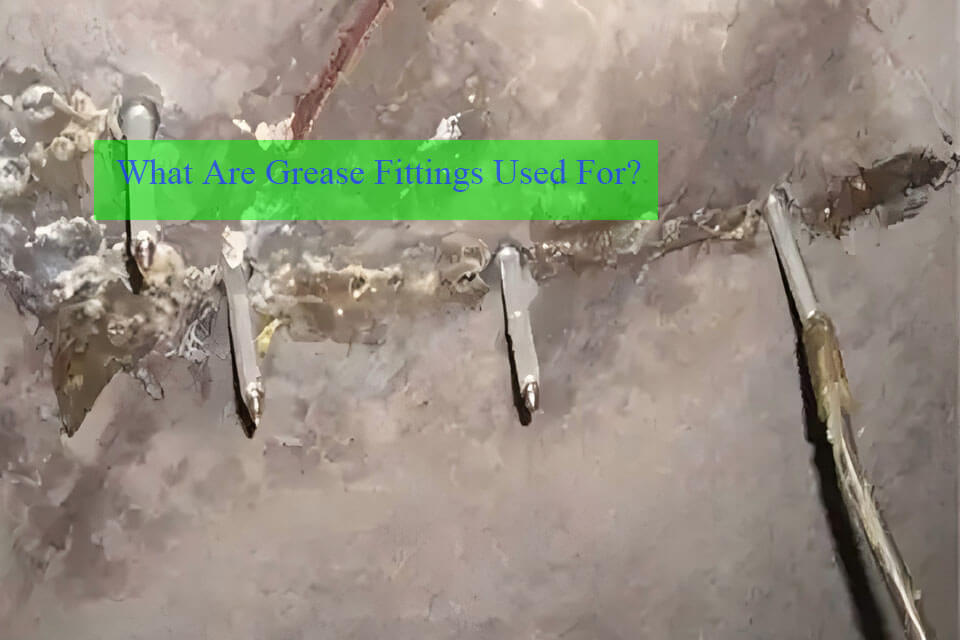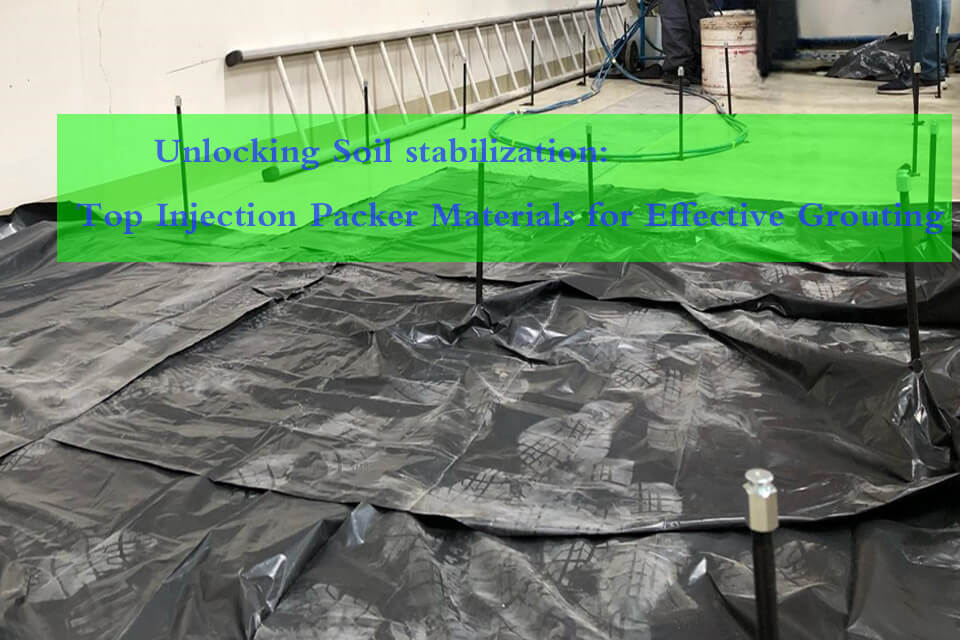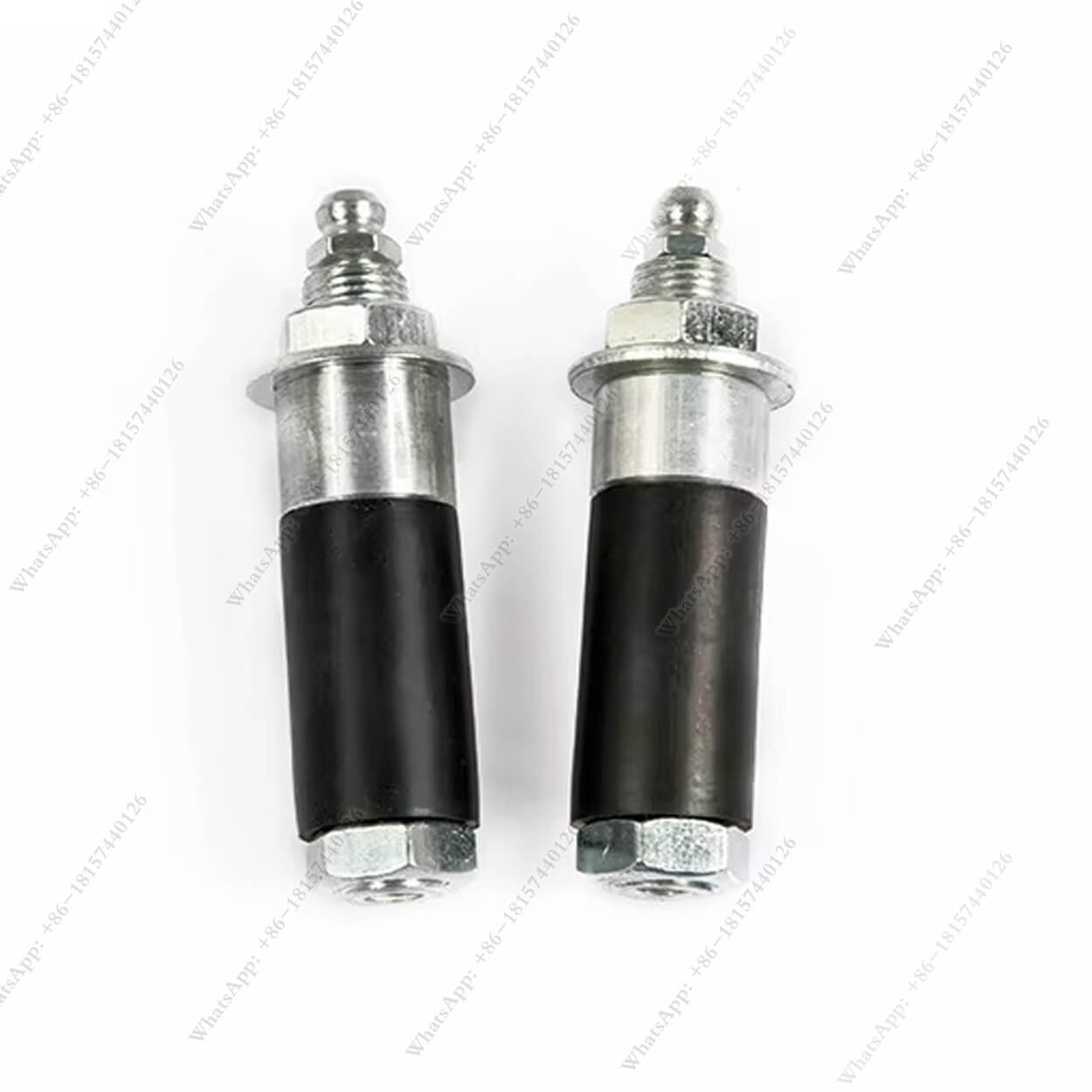
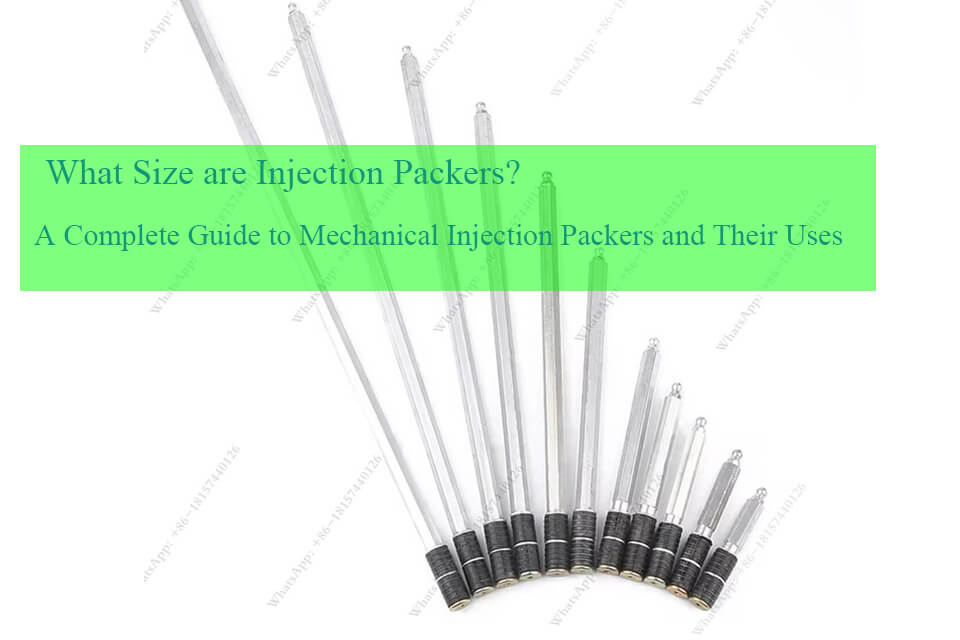
What Size are Injection Packers? A Complete Guide to Mechanical Injection Packers and Their Uses
When it comes to crack injection and waterproofing, the size and type of mechanical injection packers you use can make all the difference.

Epoxy Injection: Preparation Techniques and Key Considerations
Epoxy injection is a sophisticated technique employed in the restoration of concrete structures by delivering a high-strength, low-viscosity epoxy resin into cracks.
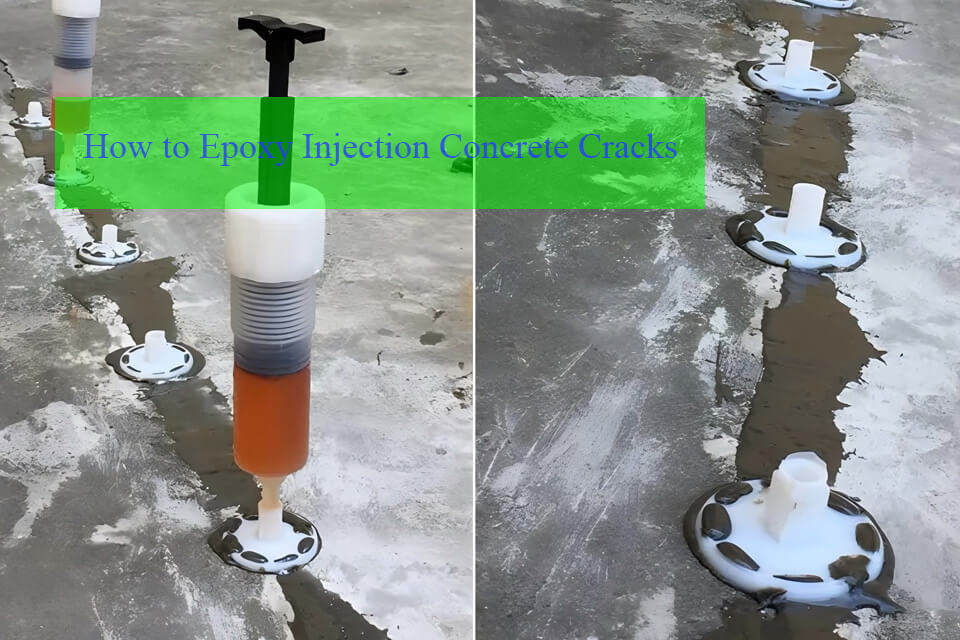
How to Epoxy Injection Concrete Cracks: A Comprehensive Guide
Concrete structures are prone to cracking over time due to various factors such as natural settling, temperature changes, and heavy loads.

